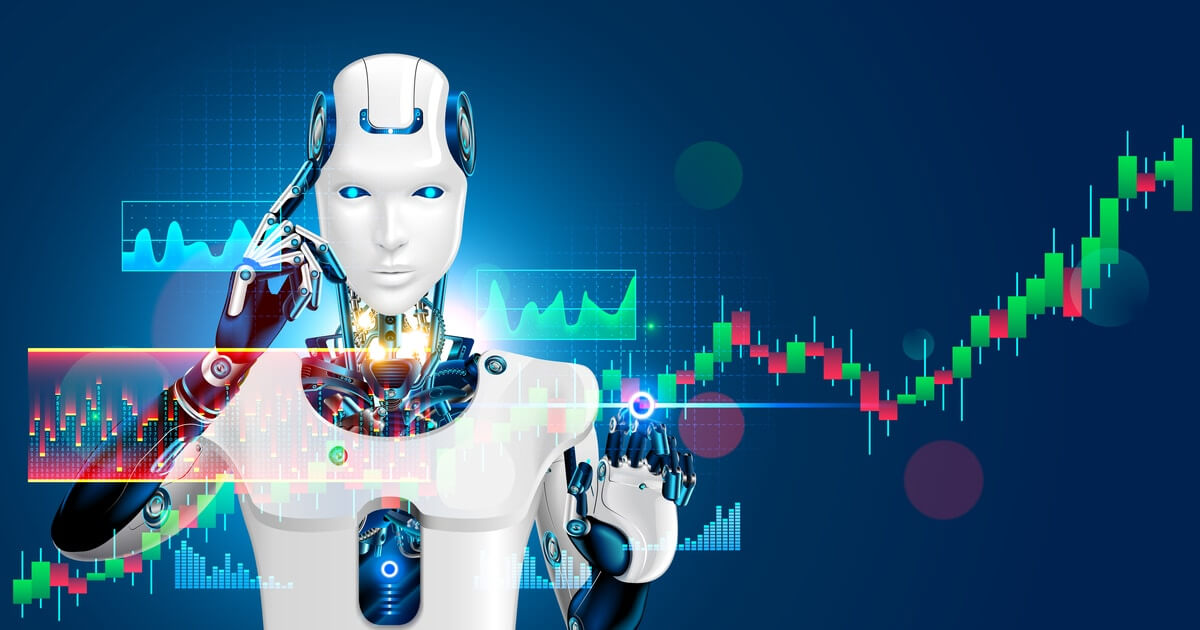AI Illustration Trends 2025: PicLumen Showcases Advanced Model-Driven Anime Art Generation

According to @PicLumen, the AI-generated illustration features a girl with fluffy pink twin tails and ribbons, created using their proprietary model Namiya (source: https://twitter.com/PicLumen/status/1950535690988724345). This highlights a growing trend in AI-driven anime art, where platforms like PicLumen are leveraging custom-trained models to cater to niche aesthetics and character designs. The rapid adoption of such AI illustration technologies opens up business opportunities for digital artists, content creators, and licensing agencies by streamlining production workflows and enabling rapid content iteration. As AI-generated art gains traction, companies are exploring monetization strategies through digital marketplaces and character IP development, indicating a transformative impact on the creative industry (source: PicLumen, 2025).
SourceAnalysis
From a business perspective, AI-generated illustrations open up lucrative opportunities in various sectors, including e-commerce, advertising, and entertainment. Companies can monetize these technologies by offering subscription-based access to AI models, custom generation services, or licensing generated content for merchandise like apparel featuring characters with pink twintails and ribbons. According to a 2024 analysis by McKinsey, businesses adopting generative AI could see productivity gains of up to 40 percent in creative workflows, translating to significant cost savings and revenue growth. For instance, in the social media realm, platforms like Twitter have seen a surge in AI art shares, with hashtags like #AIイラスト garnering millions of impressions, as noted in a 2023 Twitter analytics report. This creates market potential for startups like those developing PicLumen-style tools, competing with giants such as Midjourney and DALL-E from OpenAI. Monetization strategies include freemium models, where basic generations are free, but premium features like high-resolution outputs or custom models like Namiya cost extra, potentially generating recurring revenue. However, implementation challenges include intellectual property disputes, with a 2023 lawsuit involving Getty Images against Stability AI highlighting risks of copyright infringement in training data. Solutions involve using ethically sourced datasets and transparent AI practices to ensure compliance. The competitive landscape features key players like Adobe, which integrated Firefly AI into Photoshop in 2023, capturing a market share estimated at 25 percent in digital design tools per IDC's 2024 report. Regulatory considerations are crucial, especially in the EU with the AI Act passed in 2024, mandating risk assessments for high-impact AI systems. Ethically, best practices recommend watermarking AI-generated images to distinguish them from human art, mitigating deception in marketplaces.
Technically, AI illustration models like those used in PicLumen rely on advanced neural networks, such as latent diffusion models, which process text prompts to generate images with specific attributes like fluffy textures and emotional nuances. Implementation involves training on vast datasets, with challenges like bias in outputs— for example, over-representation of certain styles leading to homogenized art. Solutions include fine-tuning with diverse data, as demonstrated in Hugging Face's 2024 updates to their model repository, which now hosts over 500,000 open-source AI models. Future implications point to multimodal AI, combining text, image, and video generation, with predictions from Forrester in 2024 forecasting that by 2027, 60 percent of digital content will be AI-assisted. In terms of industry impact, this could disrupt traditional animation studios, offering faster prototyping but requiring upskilling in AI literacy. Business opportunities lie in vertical integrations, such as AI for personalized avatars in metaverses, with Meta reporting in 2023 that their AI tools enhanced user engagement by 30 percent. Looking ahead, as AI evolves, ethical frameworks will be vital, with organizations like the AI Alliance formed in 2023 advocating for responsible development. Overall, these trends suggest a transformative era for AI in art, balancing innovation with accountability.
PicLumen AI
@PicLumenAI image generation made intuitive. Text-to-image, image-to-image & image description tools. No watermarks. Featuring FLUX.1 & fan-favorite PicLumen Art V1.
.jpg)